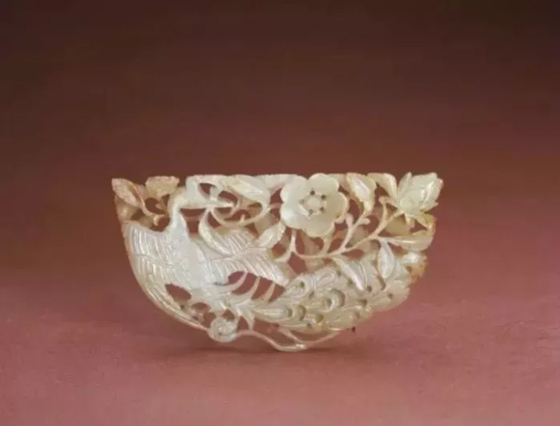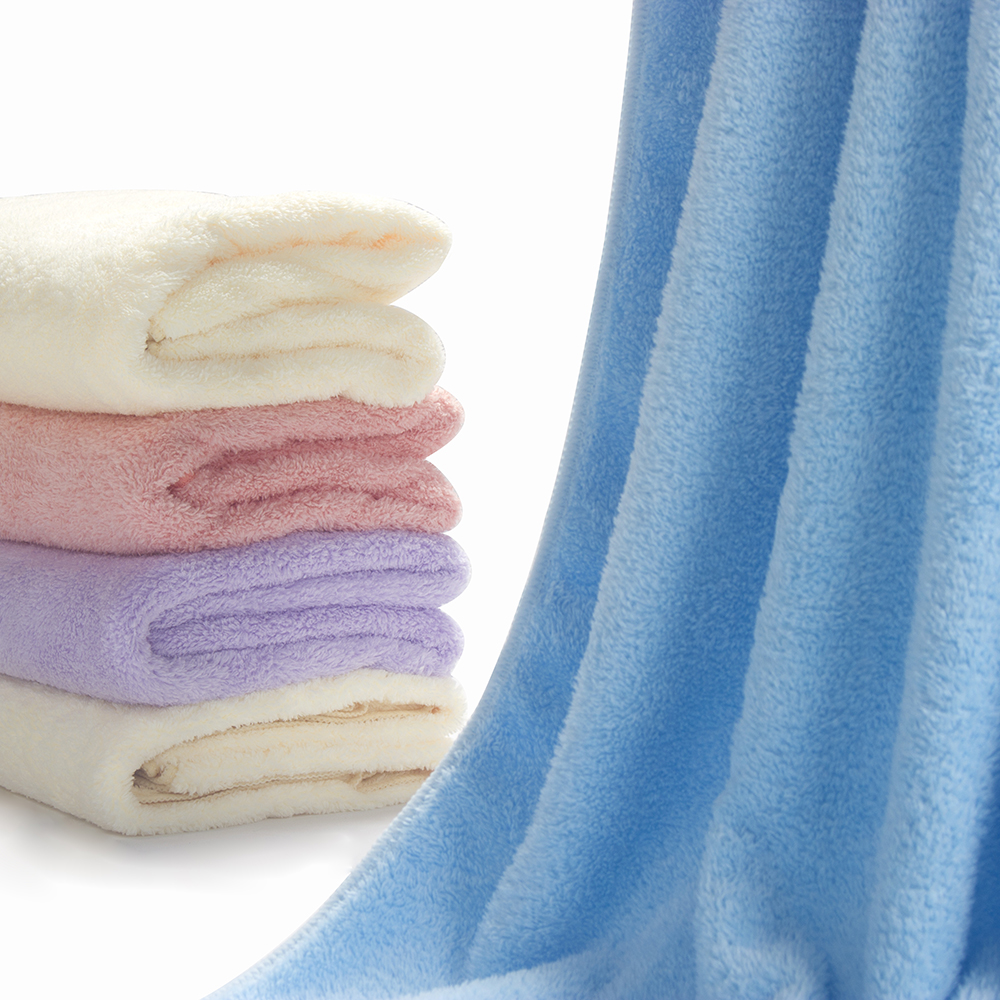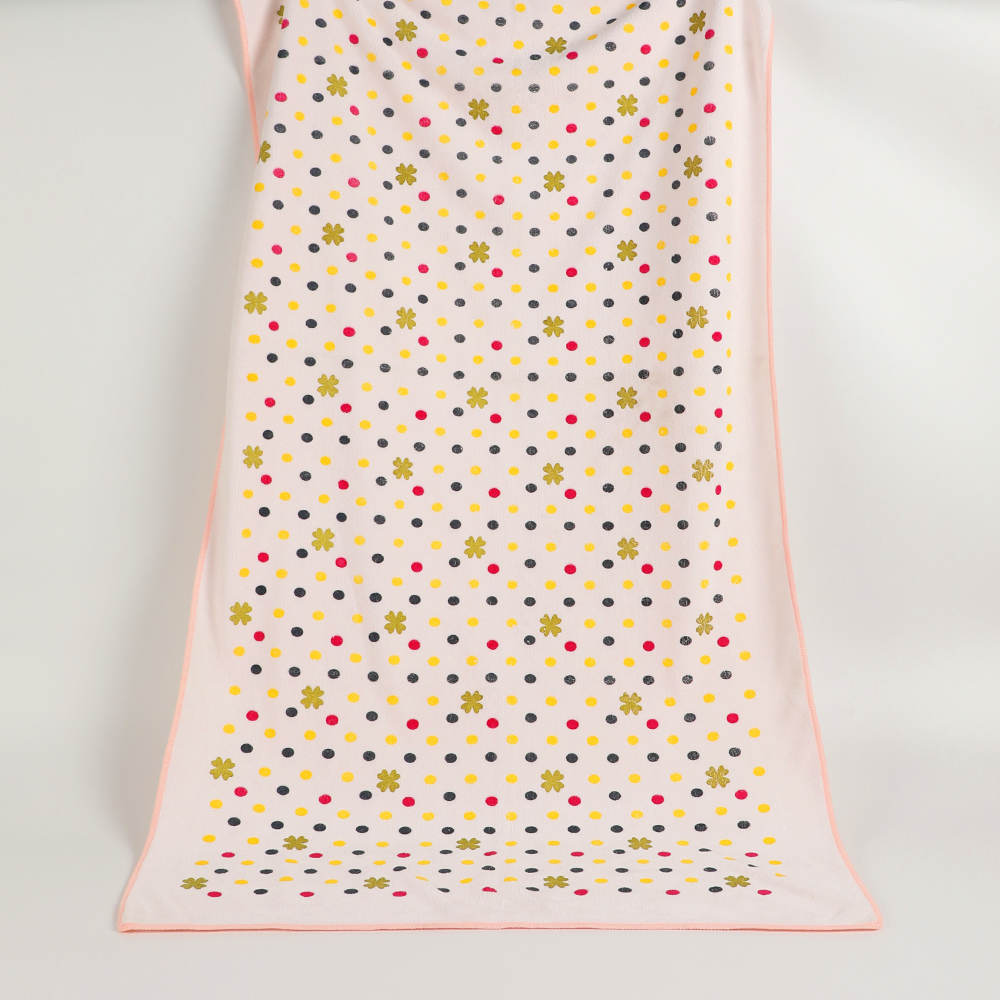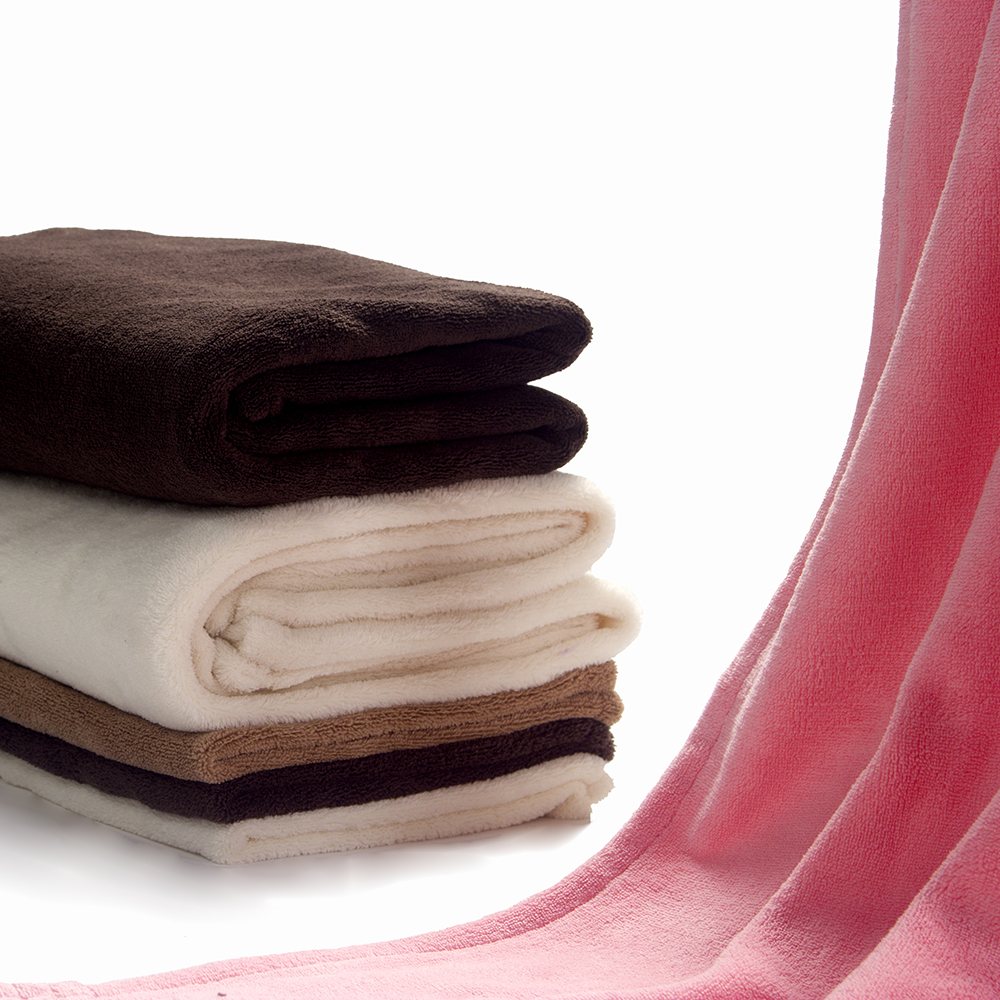Phoenix is ​​a symbol of poultry beautification, so the study of phoenix birds can not be separated from the study of poultry ornamentation. Throughout the development and changes of the phoenix ornamentation, we can always find the commonality of its artistic style in the poultry ornamentation of the same period.
There are more poultry works in the jade carvings of Shang Dynasty: there are phoenixes, birds, cranes, hawks, lynxes, parrots, geese, pigeons, swallows, pelicans, ducks, etc. The phoenix bird culture with jade as the carrier has been passed down from the primitive society.

Business: realistic and exaggerated coexistence
The Yinxu Women’s Tomb is unearthed from the tomb, and the head is back to the head. The crown and the dragonfly are like chickens. The short-winged long tails and the tail feathers are divided into two crosses. The wings are smashed out of the Yang line and the posture is extremely vivid, showing the artist's exquisite skills. and creativity.
In terms of styling, the Shang Dynasty phoenix jade wares are all closed, eye-catching, high-crown with fin-toothed, tail-tailed, gazing, and strict rules. In the early stage, there were many flaky shapes, and in the late stage, round phoenix birds appeared. In terms of ornamentation, the phoenix bird eyes are mostly made of the oracle bone "eye" shape (with double hooks, single hook), commonly known as the "chen" word, and the invisible round eyes, the positive round eyes, the round eyes, the outer two rings The eyes and the eyes go to the eye shape. Phoenix birds are mostly honed by a combination of realism and exaggeration. The contours are concise, and the geometric double-hook lines are used to decorate the high crown, the full wings, the long tail feathers, and the large and powerful claws. Shang pattern poultry feathers and feather multi pattern for decoration.
Techniques used in the drilling, grinding, incised lines, carved line, at the other side of Yin and Yang line or the periphery and with "withdrawal" blade, generating a ramp effect, commonly known as "slope side", bas-relief or with a double hook knife cut withdrawal lines for decorative feathers.
In terms of materials, the merchant used to use colored stone jade. Good woman tomb unearthed jade Shang Dynasty has begun to prove that enabled Xinjiang Hetian jade jade, jade, topaz, black jade, jade and other sugars. In addition, there Xiuyan, Liaoning, Henan Nanyang jade and so on.
West Zhou: The patterned lines are beautiful and smooth
The Western Zhou Dynasty jade crafts began to follow the traditional style of the Shang Dynasty, and gradually formed its own style and characteristics.
In terms of styling, the phoenix birds on the jade wares in the Western Zhou Dynasty are mostly small, vivid and lovely. This period was also dominated by flaky, and the number of round carvings increased. However, the crotch of the phoenix bird pattern has changed compared with the Shang Dynasty. The crotch becomes longer and becomes a pointed hook, and the upper and lower lips are also hooked outward.
The crown of the phoenix bird evolved from a gorgeous multi-toothed crown to a phoenix crown with a long strip to the front and the lower part of the hook. The western Zhou Fengfeng jade jade has a small number of small pieces in addition to the large handle. Generally, there are round holes for hanging. The phoenix birds in this period were formed more independently and less on other objects.
In the carving technique of the Western Zhou Dynasty, the bird's pattern is good at using the thin and negative lines and the thick and negative lines to combine the thin and negative lines to describe the theme. The lines are strong and vivid. In this period, the instinct line is usually used to remove the knife. The Yin line is wider, smoother, more expressive, and has a strong sense of flow. The portrayed phoenix lines are beautiful and smooth, and the outline is clear.
During the Western Zhou Dynasty, the phoenix jade jade ware was greatly developed in the transformation from the bird shape to the phoenix bird pattern, and the rough style was changed in the early stage. Jade ornamentation absorbs a large number of phoenix bird patterns from the bronze pattern, which makes the phoenix bird pattern develop in the direction of patterning. The phoenix bird pattern becomes a popular theme in the Western Zhou Dynasty.
In terms of jade materials used in the Western Zhou Dynasty, most of them were selected from local high-quality jade carvings, and the amount of jade jade was not much. Visible and jade jade is still a rare jade material.
Spring and Autumn and Warring States: Gentle and beautiful soft personality
In the Spring and Autumn Period and the Warring States Period, the Eastern Zhou Dynasty royal family and the princes of various roads hanged jade, in order to flaunt themselves as a benevolent gentleman with "German". Therefore, at this time, Yupei was particularly popular.
In terms of styling, the phoenix bird pattern during the Spring and Autumn Period and the Warring States period changed the mystery and rigor of the Shang and Zhou dynasties. The phoenix bird pattern of the raptor image was less common. Instead, the image of the phoenix bird with the neck, long legs and gentleness appeared. Beautiful and delicate, dynamic and light. The phoenix bird pattern in this period is no longer the rule of the mouth, eye-catching, and gaze of the gaze as in the Shang and Zhou dynasties, but tends to develop into a state of lightness, liveliness, and freedom of screaming and stretching.
In the ornamentation, the half-leaf crown (like the cat ear) began to appear in the early Warring States period. In the late Warring States period, the ribbon-shaped crown appeared, floating to the back of the brain and curling upwards, shorter. Although there are still bas-relief lying on the feathers in the Spring and Autumn Period and the Warring States Period, more of them are decorated with curly ribbons to decorate the wings and phoenix tails, showing a lively and feminine personality. In the decoration of the phoenix eye, in addition to the rounded stenciled line or the rounded sacred eye in the Shang and Zhou dynasties, the eye appears in the late Warring States with a drop-like shape of the Yinxian eye, and there is an olive-shaped Yin-cut line, and some increase the eyeliner before and after. It makes the eyes of the phoenix birds in the Warring States period more beautiful than the round eyes of the Shang Dynasty. The Warring States jade has improved in polishing techniques compared with the previous issues. The jade is polished and bright, fully showing the texture of jade.
In the late Spring and Autumn Period, the number of jade carvings of jade carving birds was small, and gradually increased after the middle of the Warring States period. In the Shang and Zhou Dynasties, no matter whether it was a sheet or a round sculpture, there were more phoenix birds formed separately. In the Spring and Autumn Period and the Warring States Period, it was generally decorated on the jade, jade, jade, jade and jade pipes.
Qin Han: Feiming dances to the world
The phoenix bird pattern in the Qin and Han Dynasties basically inherited the shape of the phoenix bird pattern in the Warring States Period. The phoenix bird's long crown, neck-shaping and phoenix-eye are round, which is extraordinarily charming and fascinating. What has changed is that the image of Feng is light and beautiful, and the dynamics of flying and dancing are the expressions of “Feng Feiming is the world’s peaceâ€. Round carved phoenix jade pieces, full body.
In the Qin and Han Dynasties, the phoenix heads have clear patterns on the chest, and most of the phoenix eyes use circular incision lines. Some of them have a yin line extending beyond the back of the eyes, which makes them look beautiful. Most of the phoenix mouths are screaming, and in the middle of the Han Dynasty, there was a phenomenon of the beaded sash in the mouth of the phoenix bird. The phoenix bird's wings and tail are decorated with single or double stencil lines, and there are techniques for removing the knife. At this time, the edges are decorated with hairstains. The hairspring is a kind of ornamentation of the Han Dynasty. It is small and appears to be free. And named), the flower bud pattern began to be applied to the decoration of the feather wing, and in the joint of the phoenix bird, most of the vortex pattern.
The jade carving phoenix bird pattern is formed separately, and is generally decorated in the shape of a Pei (chicken heart), jade, jade, jade ring and so on.
After the unification of Qin and the development and growth of the national power in the early Han Dynasty, especially the Han Wu Emperor sent an envoy to the Western Region of Zhang Yutong. Since then, Xinjiang and Daiyu have entered the mainland in large quantities, accelerating the development of the jade in the Han Dynasty.

Three Kingdoms Wei Jin Southern and Northern Dynasties: lively, light and elegant
From the separation of the three countries to the two Jin and Southern and Northern Dynasties for more than three hundred years, it is an era of frequent wars in our history.
Due to the war, it hindered the development of social economy and culture. There were fewer phoenix jade carvings unearthed during this period, but the cultural phenomenon of this special period also penetrated into the jade culture. The most representative is Shanxi Province in 1973. The Northern Qi Yufeng bird pattern unearthed from the tomb of Cui Luo in Jiajiazhuang Village, Shouyang County. This piece of jade embossing and ornamentation uses realistic and exaggerated techniques, using the more delicate intaglio lines to sculpt the phoenix bird pattern that spreads its wings. On the head of the phoenix bird, there is a ribbon-shaped high crown, and the thin Yin line has a drop-shaped eye, and the mouth is a treasured pearl. The beautiful feathers and three sets of ribbon-shaped long tails are carved out with shallow and thin engraved lines. Around the phoenix bird is dotted with the birds and the ribbon-like cloud pattern, which are not seen in other dynasties. This is the characteristic of Beiqi. Due to the infiltration of Buddhist culture, the style of the simple phoenix bird of the Han Dynasty was changed, and the style of lively, light, elegant and fluid, and mellow and free, became gorgeous. With the introduction of foreign culture and art, during this period, plants such as lotuses and vines also became popular with the phoenix birds.
In the materials used, due to the war, the economic depression, the jade crafts are sluggish, there are not many colored stone jade unearthed, and the amount of jade jade is relatively less.
Sui and Tang Dynasties: Happy and festive dance
The Sui and Tang Dynasties were the prosperous stage of China's feudal society. China's literature and art have achieved unprecedented development during this period. The image of the phoenix bird of jade also shows its unique artistic charm at this time. It is lively and magnificent, vivid and beautiful. It has a profound influence on the future generations in art and jade techniques.
In the shape of the phoenix bird, the style of the Sui and Tang Dynasties is also reflected. The image of the phoenix bird is mostly cheerful, festive and dancing. The whole picture of the phoenix bird is filled with happiness, clarity, peace and tranquility. On the separate phoenix bird carving jade, more application of grinding techniques, paying attention to the carving of the charm, jade muscles are fuller, lifelike, really can be described as vivid. The phoenix bird pattern often appears in the form of wings flying, the wings are curved, and the phoenix bird is vivid and graceful. The phoenix bird crown is more casual, the phoenix eye is generally a concave dot, commonly known as "point eye", and there are three triangular eyes composed of an intaglio line. The phoenix's mouth is basically unopened, giving a sense of elegance. The wings are usually decorated with short straight and slender inscriptions, and the feathers of the bristles and the ribs are decorated. The phoenix birds are surrounded by tangled flowers and auspicious clouds. The paintings are quite interesting, and they are related to the prosperity of culture and art and the prosperity of paintings. During the Sui and Tang Dynasties, the multi-layer hollowing technique began to be applied, and the number of hollow jade articles also increased.
The phoenix bird patterns in the Sui and Tang Dynasties are generally decorated on jade, jade, jade, jade, jade, jade and so on.
In the Tang Dynasty, due to the influence of the Gongyu jade belt in the Shu State, and the ancient Chongyu tradition re-emerged in the prosperous Tang Dynasty, the Tang Dynasty officials formulated the Tang Dynasty officials to create additional jade belts. This shows that a large number of jade and jade flows into the government during this period.
Song Yuan: The perfect combination of ornamentation and phoenix bird
The Song Dynasty and the Liao, Jin, Xixia and other minority regimes coexisted for a long time and played a positive role in the unity and integration of the nation. Therefore, the ornamentation on the jade articles of Liao, Jin, Yuan and other periods is quite ethnic.
In the Song Dynasty, the phoenix bird pattern in the shape and decoration, the phoenix bird's double-winged flying arc is small, less than the curvature of the Tang Dynasty phoenix bird wings. There are not many phoenix birds with crowns, and the shape is generally casual. The phoenix bird has a concave round eye and a triangular eye composed of three negative lines. The phoenix bird's wings are decorated with intaglio lines and bristles. The sinuous lines are dense and slender, and each inscribed line is bottomed out, deeper than the Tang Dynasty. The phoenix bird pattern is often combined with the word cloud pattern, the wishful cloud pattern, the flower pattern, and the flowers and grasses to form a lucky pattern. In the Song Dynasty, the carvings of flowers and plants were more particular. The veins of the leaves were generally dug, the edges of the leaves were serrated, and the leaves and edges were curved, giving a strong three-dimensional effect. In this period, the phoenix flowers and grasses on the jade wares were all realistic methods, which achieved vivid and realistic artistic effects. The phoenix bird pattern and the pattern were perfectly unified, and the painting taste was further than the Tang Dynasty.
The jade ornaments of the Yuan Dynasty inherited the aesthetic characteristics of the nomadic peoples in the north of Liao, and in the jade articles on the theme of phoenix birds, there was a scene of hunting on the composition. The spring water jade in the Yuan Dynasty is the creation of the Qidan and the Jurchens, reflecting the theme of the swan. Every spring, the Jurchens in the spring and February are called "Spring Water" by Haidongqing. This theme is generally carved on the jade belt and carrying it. The shape is round and round, the front is curved and convex, and the frame is higher. The multi-layered openwork and hollowing out of the jade method is popular in this period.
The production techniques of the phoenix bird ornament in the Yuan Dynasty were generally rough, but the phoenix bird pattern in this period also has bright spots: the phoenix bird's eyes are the most beautiful, and it is the charming phoenix eye that people admire. The eyes are like smiling, very expressive. . In the Yuan Dynasty, the materials used in jade articles were not very particular, and there was a situation in which various jade materials were used together.
Ming and Qing Dynasties: carved and commoditized
In the Ming Dynasty, the shape of the phoenix bird pattern is mostly prevalent with the combination of flowers and plants. The auspicious pattern of double-layered openwork is engraved.
In the early Ming Dynasty, the jade wares were exquisite and rigorous in the form of a medium-term, with a transitional period of the past and the future, with a neat and delicate style. The jade articles in the later period were all dominated by the production of commodities, which made the art of jade art change obviously, forming an artistic, decorative and commercial style.
The shape and ornamentation of the phoenix bird in the Ming Dynasty: the phoenix bird crown is banded to the back of the brain, which is more casual. The phoenix eye shape is basically similar to that of the Yuan Dynasty. The circle of eyes is divided into double circles and single circle eyes. The feathers and tails of the decorative feathers are tight and disorderly. The wings of the wings are no longer arc-shaped, and the corners appear at the corners. In the technique of the jade jade, the style of the Yuan Dynasty was inherited in the early stage, and it was bold and unrestrained. The medium-term workmanship was fine, and the flower and bird pattern appeared in the later stage, and it was like a folk paper-cut, lifeless and lacking a three-dimensional sense. In terms of jade, there are fewer sheep fat jade, and many are variegated jade and inferior jade.
In the Qing Dynasty, the phoenix bird pattern is more rounded in shape, mainly through openwork, delicately decorated, and decorated with luxuriant and luxuriant colors. It is often combined with peony flowers, and has a rich and auspicious meaning of phoenix and peony. Most of the phoenix tattoos adopt the techniques of Yinxian, Yangxian outline, flat concave, protrusion, hollow, pretty color, polishing, grinding, etc., which have reached the peak in the technique of Saitama. Basically, all the techniques of Saitama can be mastered and skillful. Superb. It is uniquely crafted in a finely crafted and magnificent style.
In terms of materials, it mainly uses high-quality jade materials produced in Xinjiang Hefei area and Yeerqin area. Its varieties include sapphire, jasper, white jade, topaz, and jade, and the Qing Dynasty sheep fat jade has the most surviving in the past. Henan Nanyang jade and Liaoning Xiuyan jade have made some small ornaments popular in the folk.
[Strong Water Absorption]Microfiber Bath Towel is soft and dense, strong water absorption, easily wipe off body moisture after bathing.
[Soft and skin-friendly]Adopt advanced micro-spinning technology, soft and delicate, skin-friendly and comfortable, wipe the face and hands, protect every inch of skin.
[Easy to wash, easy to dry, no odor]The bath towel is easy to clean and quick-drying. Prevents coral fleece bath towels from drying out and smelling even in wet and rainy seasons.
[Environmental protection and not easy to fade]Reactive printing and dyeing technology, say "no" to fluorescent agents, not easy to fade, safer and more environmentally friendly.
[Wide Use]Whether it is a bathroom, swimming pool, or beach, you need a towel that can quickly dry your body.



Bath Towel,Bath Sheets,Bathroom Towels,Quick Dry Bath Towels
SUZHOU BETTER CLEAN CO LTD , https://www.betterclean.net